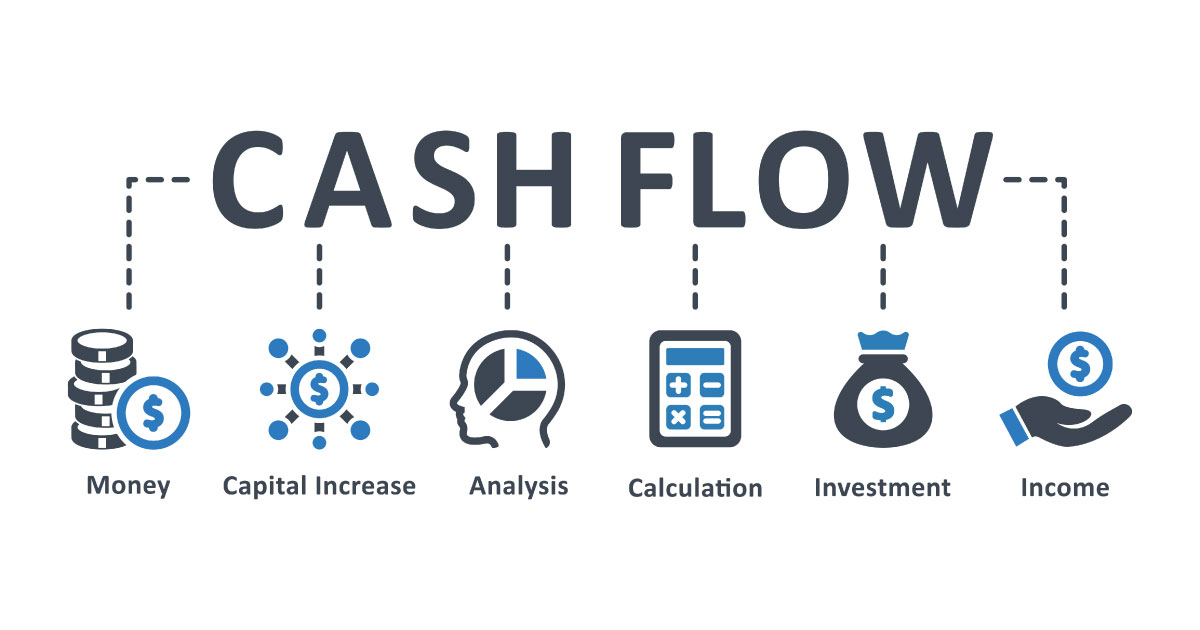Understanding Startup Costs and Running Costs: A Comprehensive Guide
Starting a new business venture involves meticulous planning and a clear understanding of various financial obligations. Two major categories of expenses dominate the business landscape: startup costs and running costs. These costs are fundamentally different yet equally crucial for the health and sustainability of a business. This article aims to provide an in-depth analysis of both startup and running costs, their management, implications for cash flow, tax compliance, and strategic planning for long-term growth and stability.
Defining Startup Costs
Startup costs constitute all expenditures incurred before a business officially launches its operations. These costs are necessary to establish the foundation upon which the business will operate. Typical components of startup costs include legal fees, branding, deposits, inventory acquisition, equipment purchase, market research, and initial marketing campaigns.
Legal fees, for instance, encompass expenses for business registration, filing trademarks, obtaining licenses and permits, and drafting contracts. Branding costs cover logo design, website development, and promotional materials to establish the business identity in the marketplace. Deposits might involve securing office or retail space, utility connections, or equipment leasing.
Investing in inventory before the launch ensures the business can meet initial customer demand. Additionally, expenses related to setting up operational infrastructure such as computers, software systems, and communication tools are part of startup costs. Thoroughly identifying and budgeting these costs is critical since underestimating any item may delay the launch or create initial cash flow problems.
Understanding Running Costs
Running costs, also known as operating expenses, refer to the ongoing expenses a business incurs to stay operational after the launch. These include rent, payroll, utilities, insurance, maintenance, marketing, and inventory replenishment. Unlike startup costs which are one-time expenditures mainly before or at launch, running costs recur on a regular basis—monthly, quarterly, or annually.
Rent is often a significant part of running expenses, particularly if the business operates from a physical location. Payroll involves salaries, wages, taxes, benefits, and other employee-related expenses. Utilities cover electricity, water, internet, and other essential services that keep the business running daily. Insurance protects against risks and is a necessary operating expense.
Marketing remains an ongoing effort to attract and retain customers, which means funds allocated for advertising, promotions, and digital campaigns continue throughout the business lifecycle. Regular maintenance and updates of machinery, software, or facilities ensure smooth operations and prevent costly breakdowns. Inventory management is crucial to avoid stockouts or overstocking, balancing supply with demand effectively.
The Importance of Separating Startup Costs from Running Costs
Treating startup and running costs as separate categories is vital for effective financial management. Mixing these expenses can lead to poor cash flow management and can increase funding stress, potentially jeopardizing business continuity. When startup and running costs are combined without distinction, it becomes challenging to track spending accuracy or assess the financial health of the business post-launch.
By segregating these costs, a business can create more accurate budgets and cash flow forecasts. This separation aids in identifying one-time investments needed to get the business off the ground and regular expenses that will sustain operations. It also enables better communication with investors and financial institutions, providing clarity on how funds are allocated and spent.
Developing a Precise Financial Plan
Crafting a detailed financial plan that clearly distinguishes startup costs from running costs is the cornerstone of sound business financial management. A well-prepared plan encompasses realistic cost estimates, timelines for expenditures, and contingency reserves. It should incorporate a reserve fund of 10 to 15 percent above estimated costs to buffer unforeseen expenses or emergencies.
This contingency reserve is especially important given the uncertainties inherent in launching new ventures. Unexpected delays, supplier price changes, or regulatory hurdles can quickly inflate costs. Including a buffer protects the business from immediate financial strain and reduces the likelihood of resorting to high-interest debt or emergency funding.
A thorough financial plan also addresses tax compliance, ensuring that all expenditures and revenues are accounted for accurately under IRS regulations. It helps the business in understanding which expenses are deductible and which are capitalized, influencing tax liabilities and cash flow.
IRS Regulations and Deductible Expenses
The Internal Revenue Service (IRS) provides guidelines on what business expenses can be deducted from taxable income. However, these deductions are limited for startup costs, with specific rules on how and when they can be deducted. Generally, the IRS allows businesses to deduct up to $5,000 of startup costs in the first year of operations, but any amount above that must be amortized over a 15-year period beginning with the month the business starts.
Running costs, in contrast, are usually fully deductible in the year they occur, provided they are ordinary and necessary expenses directly related to operating the business. The strategic planning of expenses, timing of incurring costs, and proper categorization become essential for optimizing tax benefits and maintaining compliance.
Managing Cash Flow Effectively
One of the most challenging aspects of managing a new business is ensuring positive cash flow. Separating startup and running costs and adhering to a precise financial plan helps predict inflows and outflows more accurately. This clarity supports timely payments to suppliers, employees, and landlords, avoiding penalties and preserving vendor and employee relationships.
An accurate understanding of cash flow needs also informs funding requirements. Businesses can approach investors or lenders with a clear picture of how much capital is necessary, for which expenses, and when funds will be deployed. This transparency builds investor confidence and helps secure financing under favorable conditions.
Strategic Financial Planning for Business Stability and Growth
Beyond managing expenses, segregating startup and running costs allows businesses to allocate resources strategically for growth. A clear financial picture enables better decision-making on scaling operations, launching new products, or entering new markets. Financial stability achieved through stringent cost controls and regular review positions the business to respond effectively to market changes and competitive pressures.
Regular financial analysis, including variance analysis between budgeted and actual expenses, helps identify areas for improvement or efficiency gains. Keeping robust records and using financial management tools further enhance a business’s ability to plan and adapt dynamically.
When to Seek Legal and Financial Advisory Support
Given the complexities surrounding startup and running costs, tax regulations, and financial management, seeking professional legal and financial advice is highly recommended. An experienced legal advisor can assist with business formation, contract reviews, and regulatory compliance, while financial consultants or accountants provide expertise on budgeting, cash flow management, and tax planning.
If you require proper legal help to navigate these processes and ensure your business foundation is sound, please reach out through communications available in our bio or send a private message. Expert advice early on can prevent future complications and safeguard your business interests.
- Understanding the distinct nature of startup and running costs.
- Importance of separating costs for accurate financial planning.
- Inclusion of a 10 to 15 percent contingency reserve for unexpected expenses.
- Awareness of IRS rules concerning the deduction and amortization of startup expenses.
- Strategic cash flow management to maintain business liquidity.
- Seeking professional legal and financial advice to navigate complex requirements.
Conclusion
Startup and running costs represent fundamentally different phases and types of business expenditure. A clear distinction and detailed financial planning with reserves are essential to maintain cash flow stability, meet tax compliance requirements, and prepare for sustainable growth.
Understanding IRS regulations and planning expenses strategically enables businesses to optimize tax benefits and reduce funding stresses. Engaging expert legal and financial advice further strengthens the foundation for a thriving business organizational structure.
At Legal Marketplace Consultant, we emphasize the importance of thorough preparation and disciplined financial management to empower entrepreneurs on their journey toward success. Should you require professional guidance tailored to your unique business needs, do not hesitate to contact us via our bio or direct messaging.
Legal Marketplace Consultant is a firm specializing in comprehensive legal and financial services for businesses and individuals. Our team includes experienced attorneys, legal advisors, tax consultants, auditors, and accountants dedicated to providing reliable support tailored to your needs.































